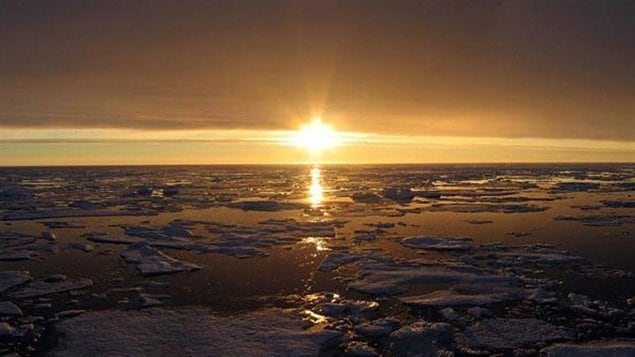Summers in northern Europe have seen a lot of rainfall in the past few years resulting in several cases of flooding.
A wet summer, in itself is not especially unusual, but several successive years of very wet summers, is.
A study published recently in the journal Environmental Research Letters says the loss of Arctic sea-ice is changing the jet stream and therefore typical weather patterns over Europe.
The six summers in northern Europe (June-July-August) between 2007 and 2012 all showed more rainfall than the average of years from 1981-2010. And while northern Europe has been wetter in summer, northwestern Scandinavia, and the Mediterranean areas of Europe have been drier strongly suggesting changes in “typical” weather patterns.
In 2012 England and Wales had the wettest summer since 1912, and 2007 was the second wettest.
Dr James Screen of the University of Exeter in England says the loss of sea-ice is pushing the jet stream further south. His study looked at the jet stream pattern during low ice years, and compared it to weather patterns during the 1970s before global warming became an issue.
He says that in a “typical” summer the jet stream passes between Scotland and Iceland with weather systems passing north of Britain.
Lately it has shifted south bringing abnormally wet weather to Britain and northern Europe which has been causing severe problems for both agriculture and the tourism industry.
The annual average extent of Arctic sea ice is currently declining at about half a million square kilometres per decade – equivalent to about twice the area of the United Kingdom.
Other studies have suggested that a warming Atlantic Ocean is also contributing to the changing weather patterns.







For reasons beyond our control, and for an undetermined period of time, our comment section is now closed. However, our social networks remain open to your contributions.